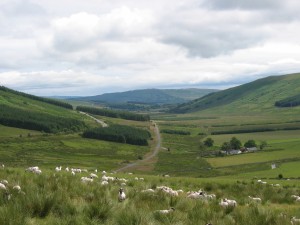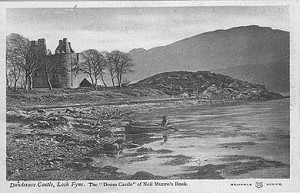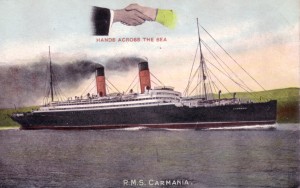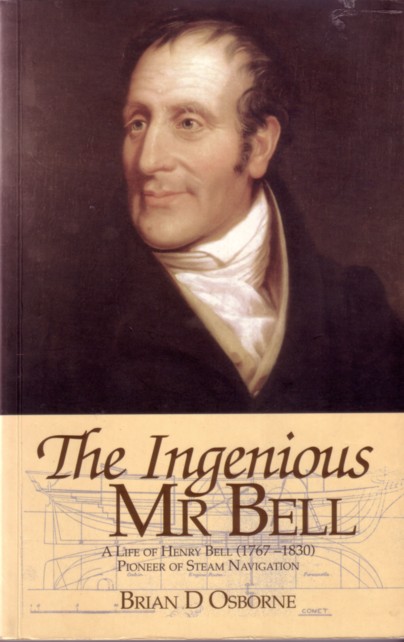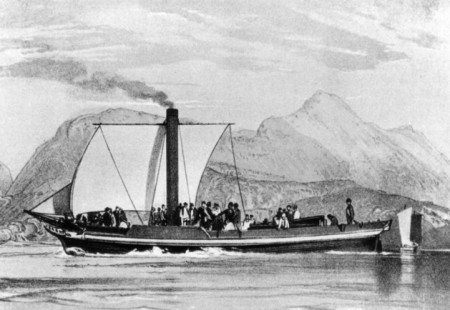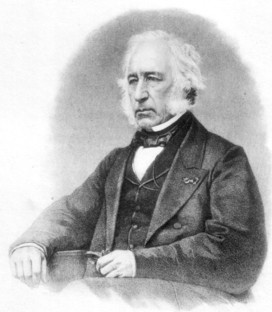Helensburgh, on the north bank of the River Clyde, is today a prosperous residential town, a popular home for Glasgow commuters and famed for Charles Rennie Mackintosh’s The Hill House, built in 1904 for the publisher Walter Blackie, just one such Glasgow commuter. It is also now home to large numbers of naval personnel from HM Naval Base Clyde at Faslane on the Gareloch.
A comfortable, settled sort of place which you might think had been there for ever. However a glance at an 18th century map shows nothing like Helensburgh – just a settlement, too small to be termed a village, called variously Malligs, Millrigs or Milligs, forming part of the parish of Rhu (or Row as it was then spelled.) Where Helensburgh’s tree-lined streets and desirable houses now sit was then just scrubby grazing with a few simple cottages for farm workers and fisher-folk.
The area had traditionally been part of the estate of the Macaulays of Ardencaple, but the Chiefs of Macaulay fell on hard times and the Milligs lands were sold to Sir John Shaw of Greenock in 1700. Shaw did little with the land and his heirs sold Milligs to Sir James Colquhoun of Luss in 1757. At this time Colquhoun was actively buying land in Rhu to add to his extensive landholdings on Loch Lomondside.
The mid-eighteenth century was a great period of improvement in Scotland and landowners were taking more care to ensure that their land was properly cultivated. Attention was being given to crop rotations and fertility, to enclosure and to the beginnings of scientific agriculture.
There was also, all across the nation, from the Pentland Firth to the Solway, a positive spate of new towns and villages being built by local landowners. These proprietors saw prospects of better income from feu-duties on houses, factories, shops and commercial premises than they did from rents of agricultural land. The new towns would also help agriculture by providing local consumers for farm produce and could also perhaps absorb the rural workers displaced by the new, more scientific and less labour intensive patterns of agriculture.

